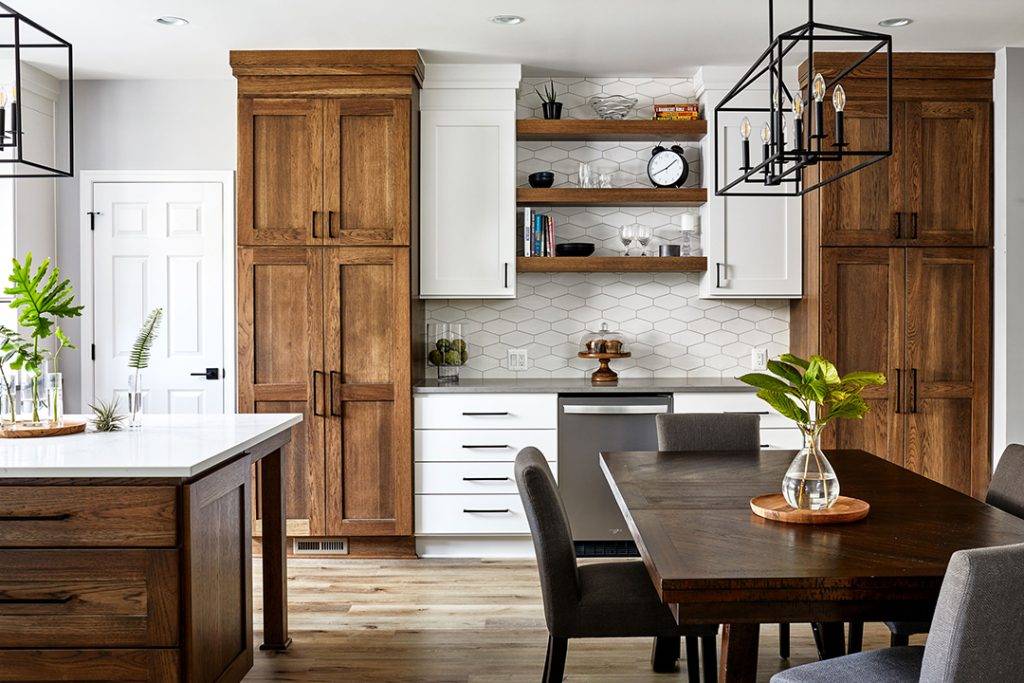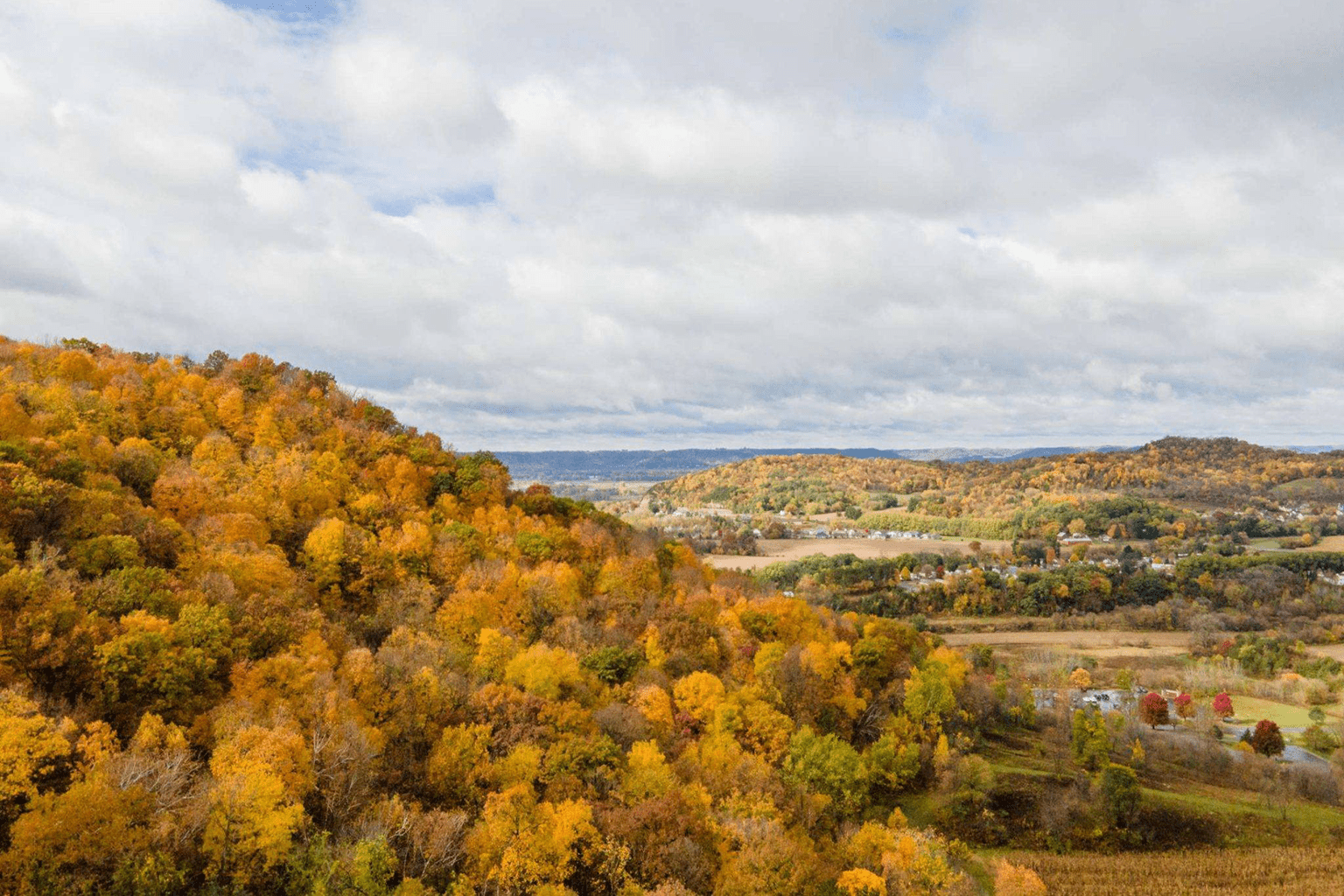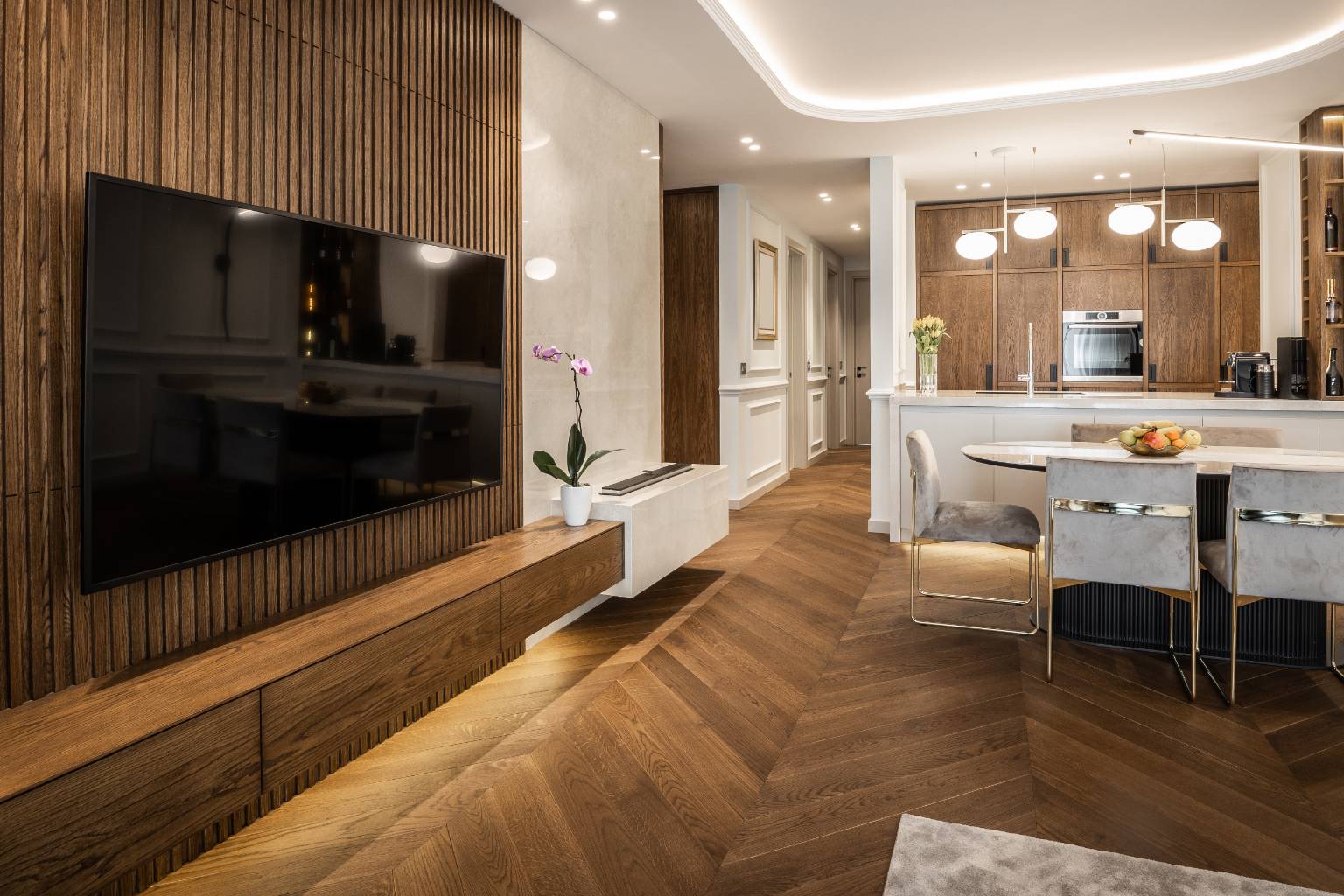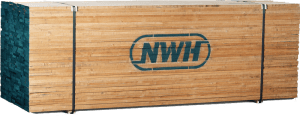For Designers
Design with Depth
Hardwoods captivate designers with their enduring beauty and varied grains, providing a canvas that imparts spaces with a natural elegance. They embody sustainability, allowing environments to be crafted that feed the soul while honoring the earth. This is the essence of design with depth, where each hardwood element enriches its space, not only seen but deeply felt, elevating hardwoods beyond mere function to become the heart of inspirational design.
For Architects
Build with Balance
In architecture, hardwoods stand as pillars of both structural integrity and aesthetic beauty, allowing architects to craft spaces that resonate with strength and elegance. These materials merge the demands of form, function, and sustainability, enabling the creation of buildings that endure in both stability and style. Hardwoods are chosen by architects for their timeless appeal and robust nature, underpinning designs that harmonize with the environment and the human experience.












































































